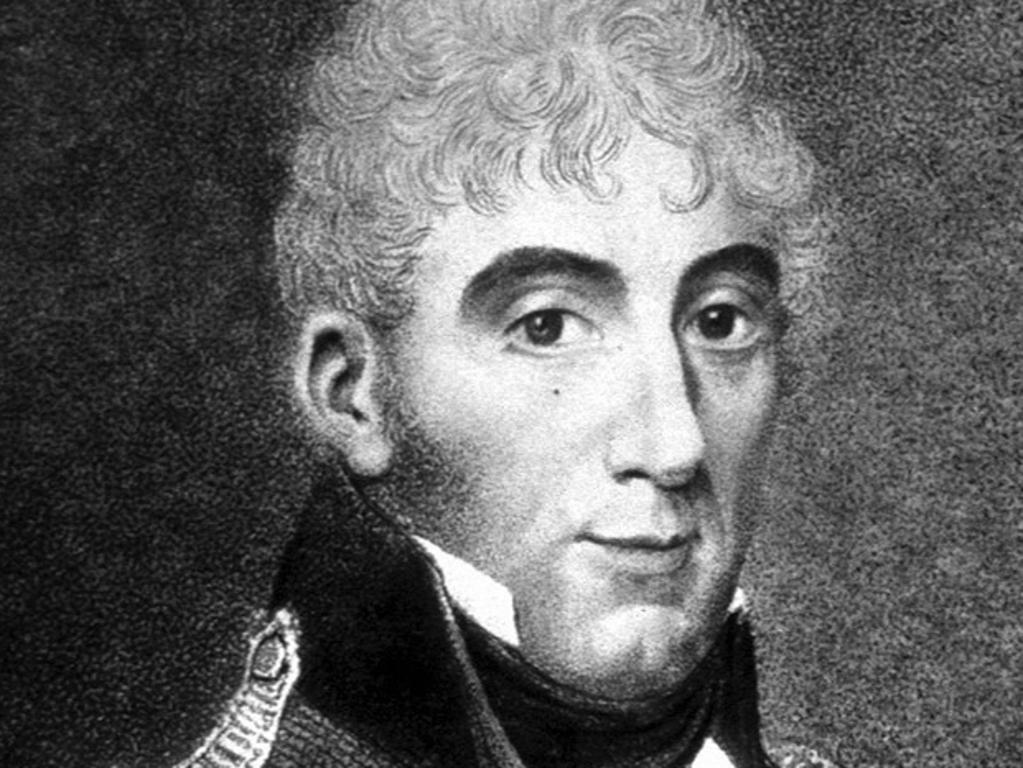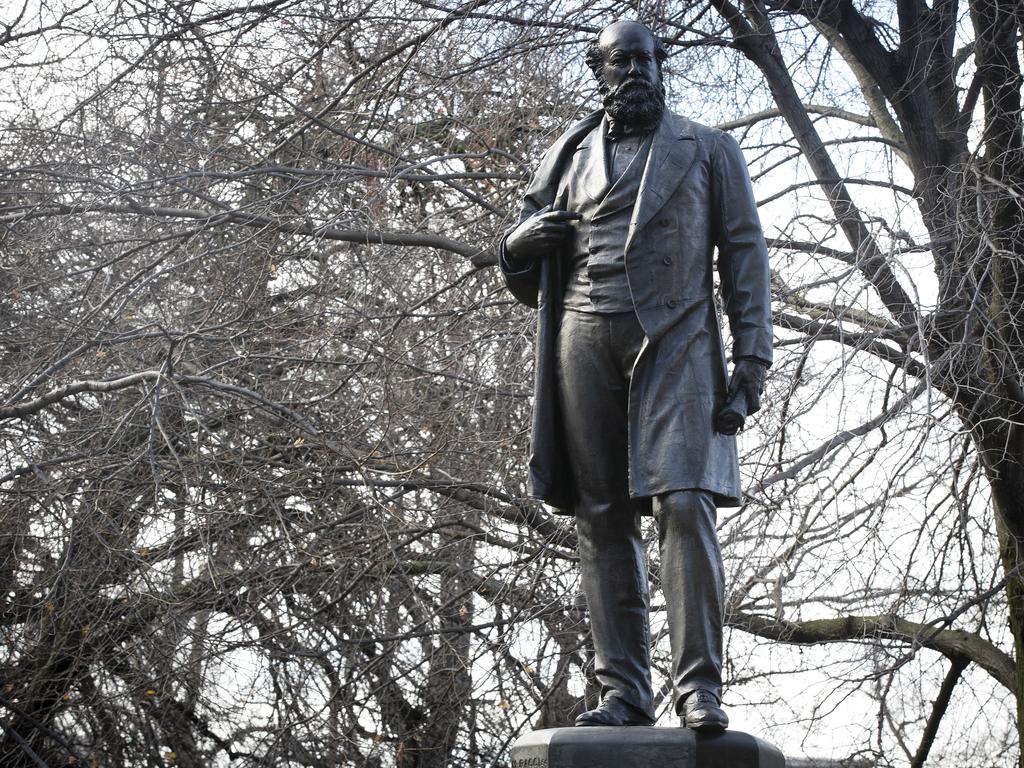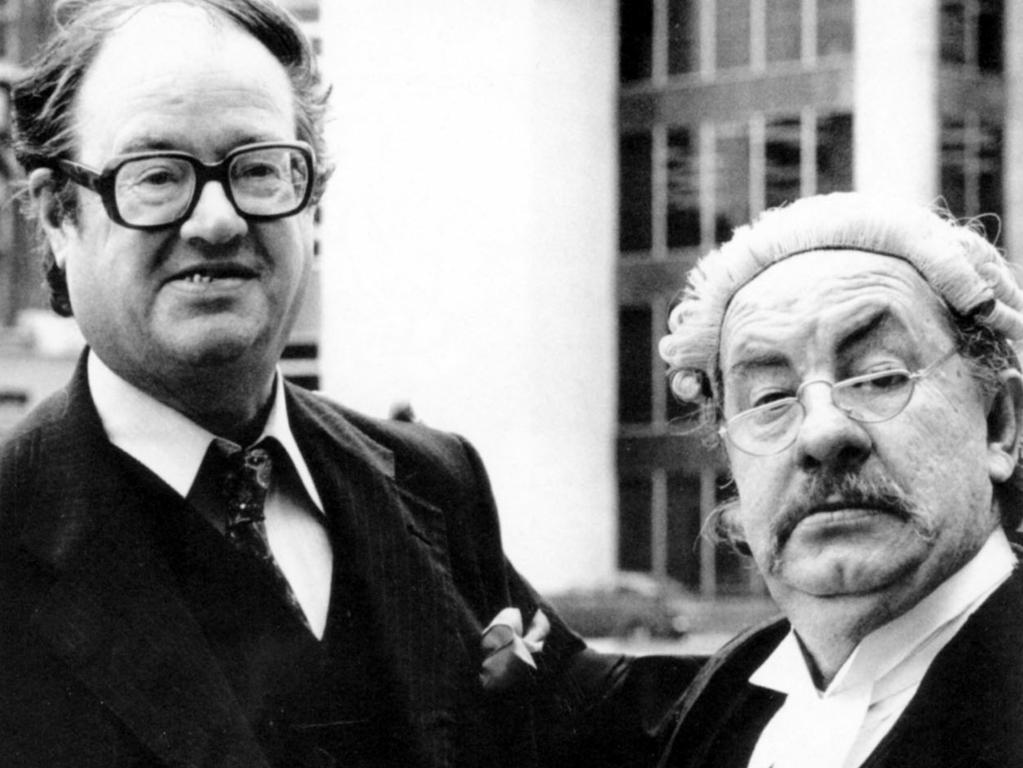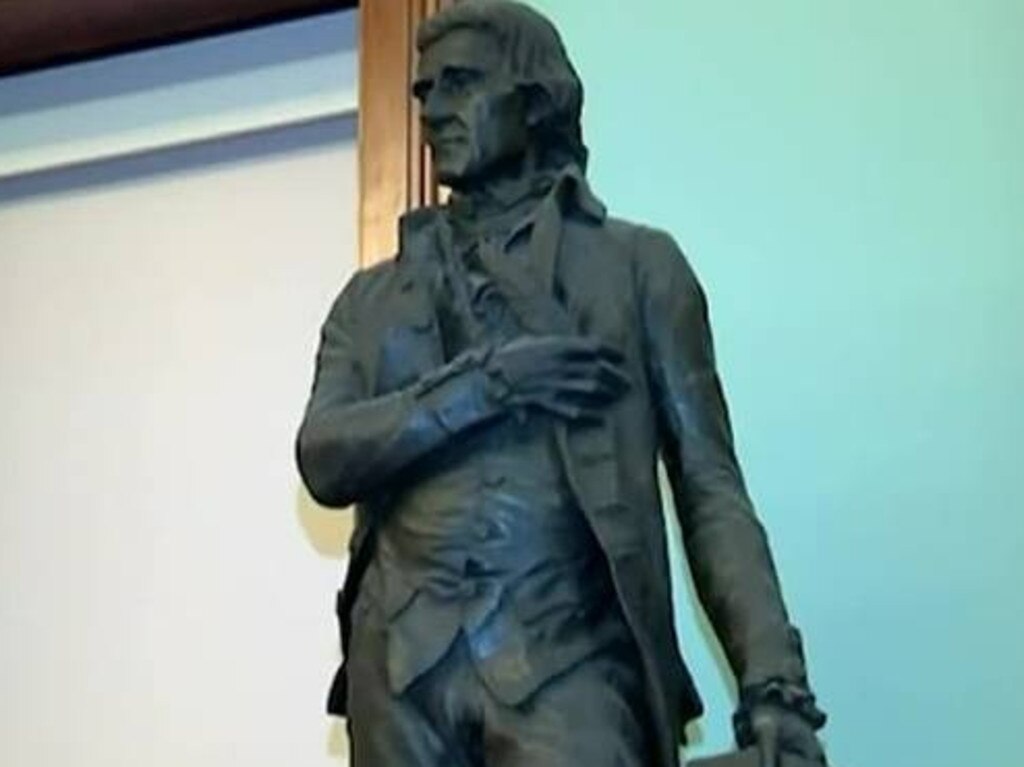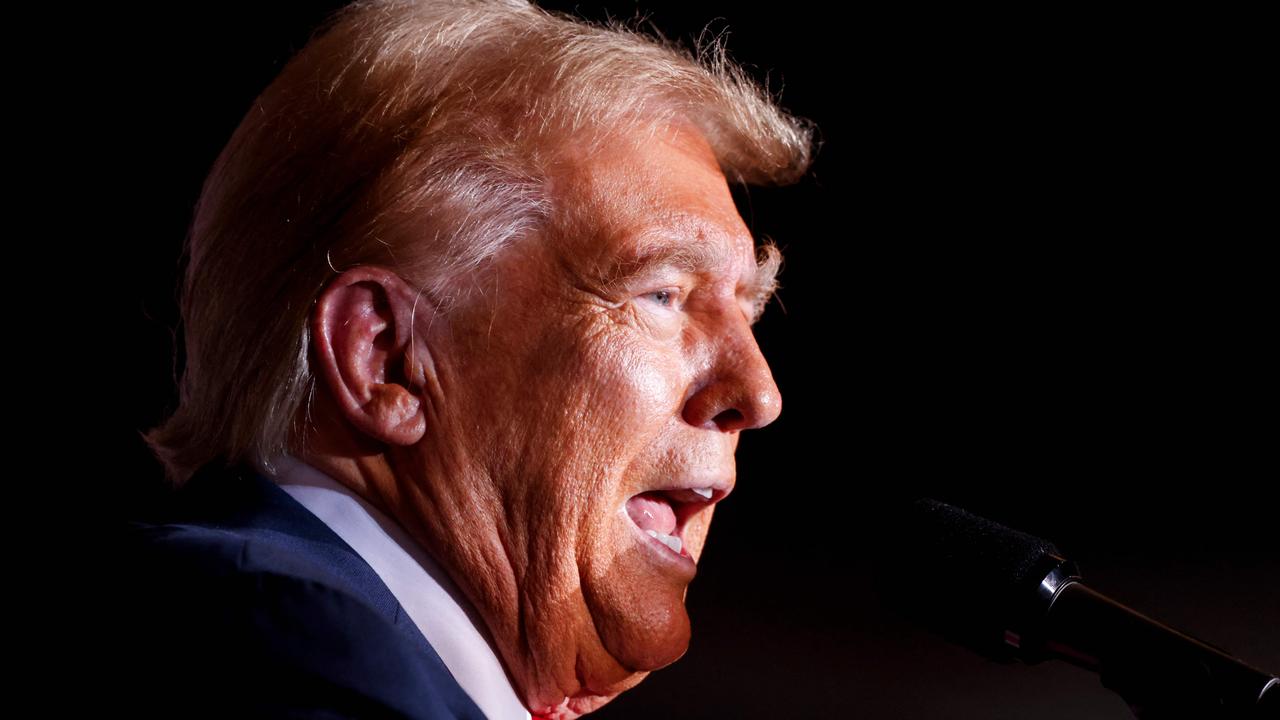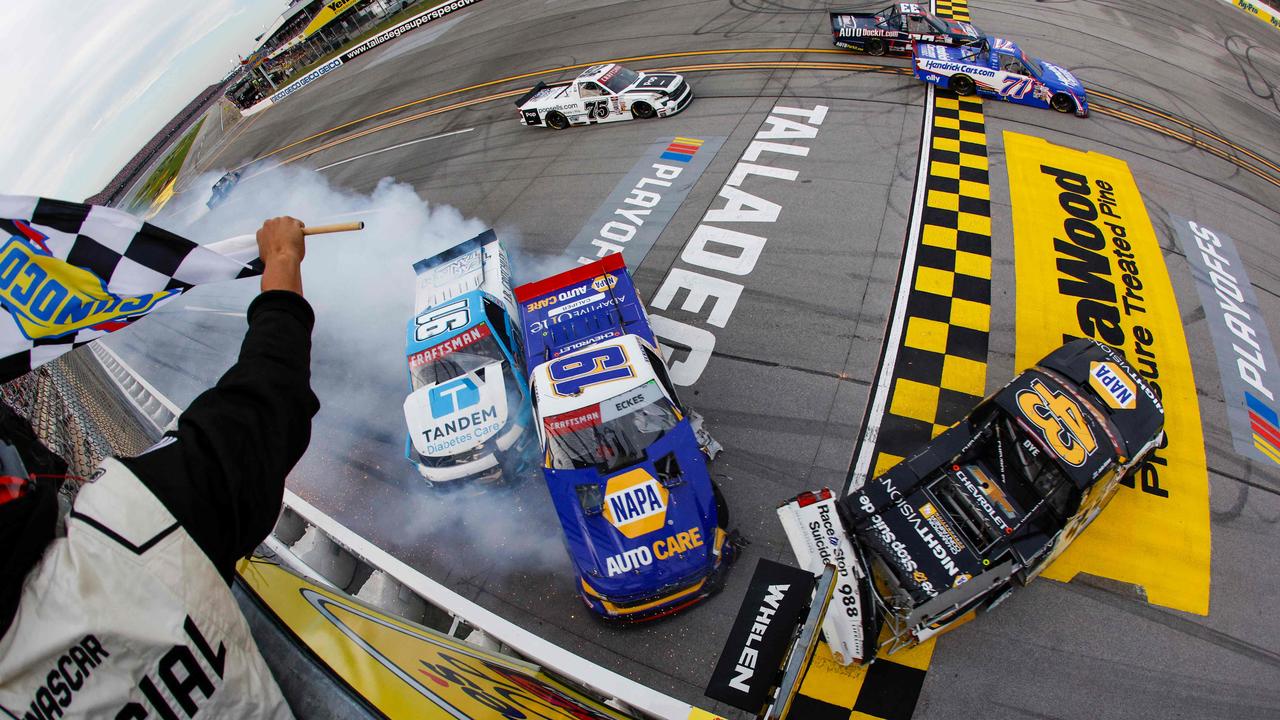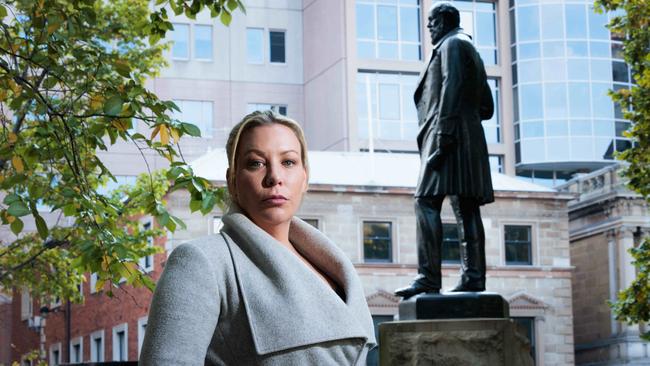
Our last visit to Hobart was a few years ago, but I remember it well. The waters were a bright blue, the views breathtaking, and the scenery spectacular. The locals were friendly, the beer taps were flowing, and the pubs abundant. The seafood was incredibly fresh, the restaurants diverse and plentiful, and the wines scintillating. But something was not right.
Even a delightful high summer day, the heat mitigated by a gentle sea breeze, was not enough to dispel the onset of melancholy. Morose and listless, I returned to the apartment. By late afternoon, I had lost interest in our plans for the evening. A sleepless and restless night followed. By next morning, my despondency had given way to a burning anger at a monumental and longstanding injustice, the source of which I could not identify.
For several years I wondered what troubled me so. But thanks to the Hobart City Council, I now know the cause of my angst. It was the fact that the city’s named statues feature white men exclusively. Yes, all seven of them. As The Australian reported this week, the council will deliberate on a report which has found the city has too many monuments to “Caucasian males”.
The catalyst for this epiphany is a statue in Central Hobart of William Crowther, a nineteenth century naturalist, surgeon and premier. In 1869, he was accused of decapitating the corpse of an Indigenous man, William Lanne, for anatomical study. The council has all but decided the monument will be removed, which conveniently opens the way for a cultural purge of other colonial figures.
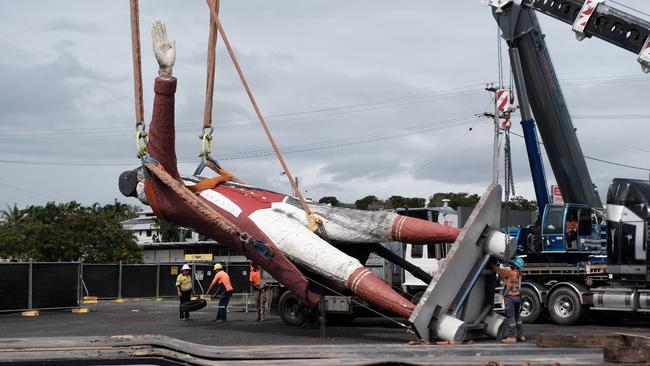
If it accepts the report’s recommendations, the council will decide on a policy for further statue “additions and removals”. Mind you, that’s not to say all seven statues will be toppled. For example, former premier Albert Ogilvie’s statue is likely to have the backing of the city’s Greens councillors. As the University of Tasmania website notes, the former Labor premier was “sympathetic” to the Soviet Union in the mid to late 1930s.
As for the remaining statues, well, decolonisation. No more being confronted with the monument to Abel Tasman, the first European to reach what was known as Van Diemen’s Land. No more steeling oneself when passing by King Edward VII’s likeness. Question the activists who parrot this nonsense, and you will be accused of waging a culture war. As for the council’s meek acceptance of this mantra, how does it sit with the organisation’s vision statement as outlined in its last annual report? You know, “We resist mediocrity and sameness”?
Citing numbers compiled by Monument Australia, the Sydney Morning Herald reported this week that 38 monuments across the country are dedicated to Captain James Cook. But if activists have their way, that number will fall. According to Nancy Cushing, an associate professor of history at the University of Newcastle, every statue should be assessed as to its relevance every 50 years or so.
“People say if you take down a statue you are changing history, but I don’t quite see it that way,” she told the SMH. “Statues manifest a set of beliefs held at least by some people at the time they were erected.”
The latter may be so, but nonetheless to remove statues, especially ones that date back to the colonial era, is to remove historical objects from the landscape. And increasingly the motivation for doing so is not to change history – that would be impossible – but to change our interpretation of history to suit a militant narrative.

In any event, you might assume the historian’s default position would be to preserve historical statues as opposed to assigning them a use by date. Maintaining their existence does not prevent academics from rigorously and objectively reassessing the legacy of the people they depict.
But apparently that is no longer the case. If you want to know where the discipline of history is heading, I suggest you read Cushing’s essay ‘#CoalMustFall: Revisiting Newcastle’s coal monument in the Anthropocene,’ which this year was awarded the Australian Historical Association’s Marian Quartly Prize.
The subject of her paper is self-evident, a monument that was erected in 1909. To my mind, the display is innocuous, but not to Cushing. Its presence, she writes, “silently contradicts the weight of scientific opinion which indicates that continued reliance on burning coal will lead not to wellbeing but to cataclysm”.
She imagines the monument being wrested from its base and thrown into the harbour by protesters. “Even without such a violent intervention, it is timely to consider what is to be done with a memorial to a substance which is now known to be an agent of irreparable harm to the planet.” The urgent situation justifies what Cushing calls “activist histories”.
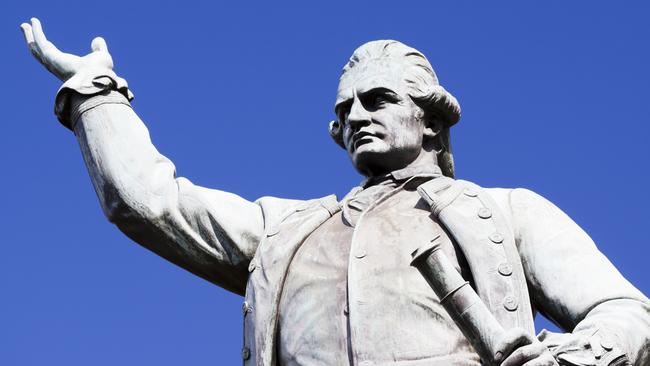
You will be relieved to know she does not call for mob intervention. Instead Cushing wants the monument shifted to a museum. The original would be replaced with a “counter-monument” to “manage the grief associated with the exposure of coal’s role in the slow disaster of climate change”.
And her parallels aren’t exactly subtle. “As was the case with Jochen Gerz and Esther-Shalev Gerz’s 1986 counter-monument against fascism in Hamburg [Germany], the coal counter-monument would soon be covered with a ‘conglomerate of approval, hatred, anger and stupidity’”.
Cushing also envisages a counter-monument on the coastline where Newcastle’s former gaol was built in 1816. “From this position, a counter-monument would be visible to locals and visitors including the crews of the bulk coal carriers waiting to enter the port, and like the gaol in its time, offer up a warning to observers that behavioural change is necessary to avoid dire consequences.” Excuse me, but is this a history lecture or did I walk into the drama class by mistake?
As for Hobart City Council, its ‘Community, Culture and Events Committee’ will today decide the fate of the Crowther statue. If it adopts the report’s recommendations, it will spend $20,000 on removing and storing the bronze component while retaining the plinth. Another $50,000 will be spent on “interpretive elements onsite”.
The result? Well, you could say these grand plans resemble the councillors who are in favour of them. A total waste of space.
More Coverage
Read related topics:Freedom Of Speech


